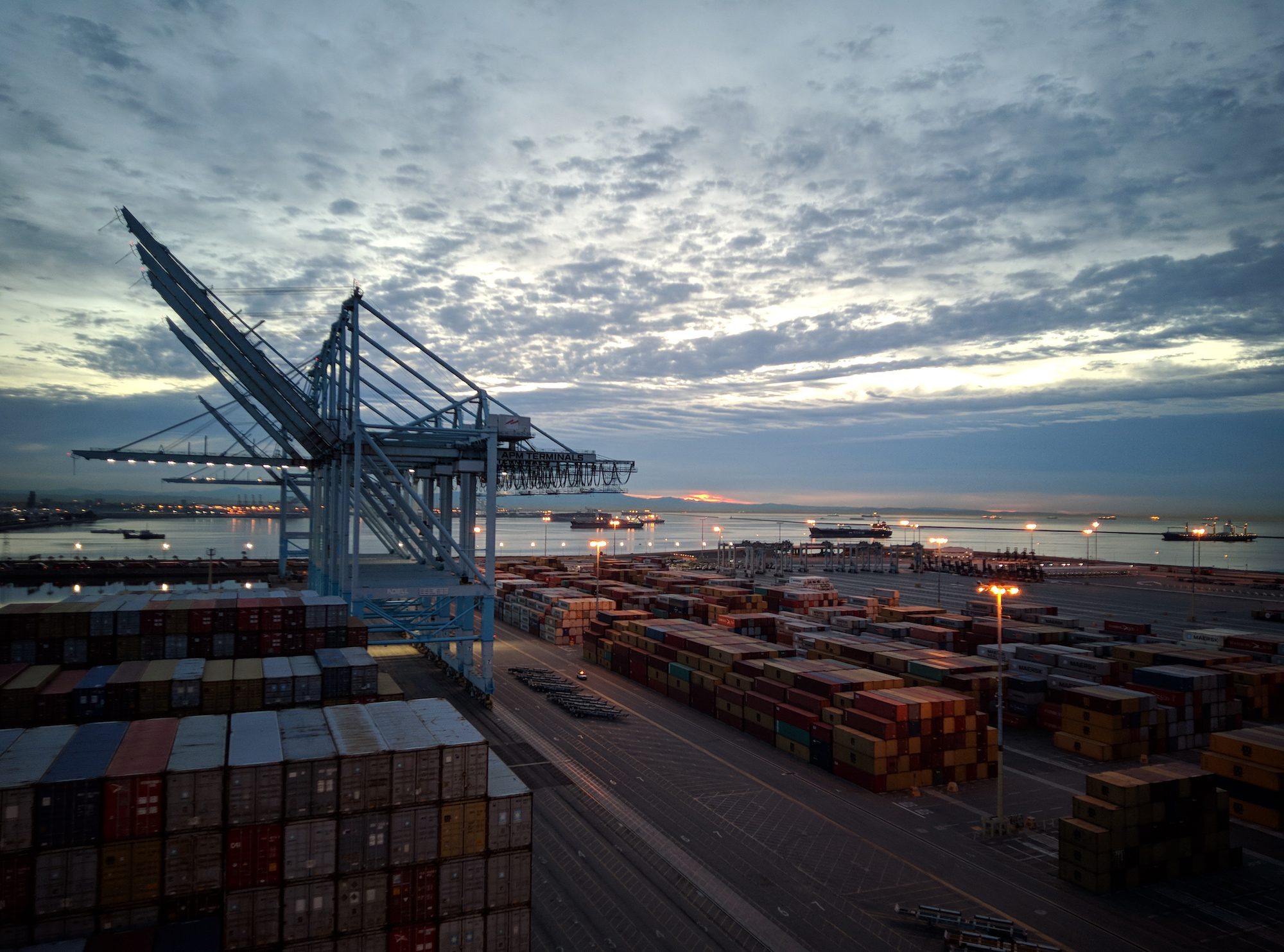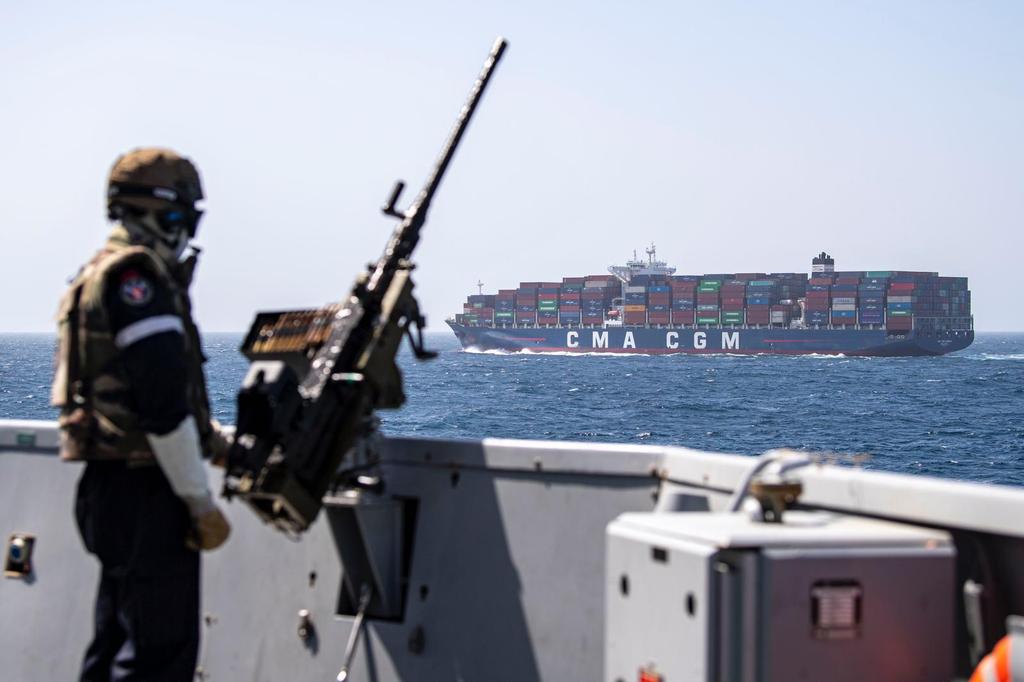By Gavin van Marle in Long Beach (The Loadstar) –
The question of rates and annual contracts – and the effects of the Red Sea crisis on both – may have dominated discussions at this week’s TPM24 conference in Long Beach, but another persistent source of controversy has been the hub-and-spoke transhipment concept introduced by the Gemini Cooperation.
The sales pitch outlined by Hapag-Lloyd CEO Rolf Habben Jansen is that it is a response to shipping’s chronic schedule reliability, which has so deteriorated since the pandemic.
“Over the past five years, not a single carrier has managed to get above 70% schedule reliability,” he told delegates, and then repeated the Gemini partners’ target of a 90% on-time arrival rate.
Vespucci Maritime’s Lars Jensen was more colourful: “In the past three and a half years, reliability has been absolutely abysmal, barely anyone managed to get to 50% of on-time arrivals.”
But he added: “I think 90% reliability is actually rather unambitious – I looked at the 2M’s schedule performance during 2019 and, on Asia-North Europe services, Maersk and MSC had an on-time arrival rate of 85%-95%, while on Asia-Mediterranean there were five consecutive months where it was above 98%.
“I think they will hit this target; the only question is whether customers are willing to pay the same for a transhipment product.
Mr Jensen described some network modelling he had undertaken on transhipment networks versus end-to-end services, and said: “No matter how you looked at it, or what parameters we set, to base your network around larger hubs is always more efficient from a cost perspective.
“The industry has been doing hub-and-spoke transhipment systemically for 45 years. Does it go wrong? Yes, but the fact that we have been doing it for that long demonstrates that it is a successful tool,” he said.
The key feature behind Gemini’s network design was described by Hapag-Lloyd’s senior manager of sales execution, Thomas Mathiesen, as the need to reduce service variability by reducing the origin and destination ports on the trunk routes. The theory is that, as most delays to vessels take place in ports, going from six origin ports and six destination ports on a typical Asia-North Europe service to two or three at each end, the potential for delays is reduced – halving the number of ports should halve the potential exposure to congestion.
He added: “This hub-and-spoke model is unique in that Hapag and Maersk operationally control 14 of these hubs, while the shuttles – not feeders, they are much larger – are also under our control.”
However, there has been considerable opposition to the concept from shippers at TPM who have been scarred by numerous boxes that have been lost or delayed at transhipment hubs around the world.
Indeed, at a conference session on Tuesday, the entire panel argued passionately against the concept.
Drewry Shipping Consultancy director Chantal McRoberts, who has spent most of her career working in the ocean shipping and ports sector in operational and trade management roles at P&O Nedlloyd, APL and Maersk, was not convinced the solution would improve reliability for shippers.
And Stephanie Loomis, head of ocean freight Americas for Rhenus Logistics, following a career in forwarding that has so far spanned over three decades, including senior roles at Kuehne+Nagel, DHL Global Forwarding and DB Schenker, said she had never met a customer that liked a transhipment service.
But it’s the shippers that Maersk and Hapag-Lloyd need to convince, and so far the jury is out on whether the concept will work – not good news for their sales teams in the crucial early days of the Gemini Cooperation.
Shipper Alison Leavitt, MD of the Wine and Spirits Shippers Association, told The Loadstar that although she remained to be convinced, she hoped it worked, for the sake of the association’s relationship with the two shipping lines.
“But we absolutely prefer a direct service,” she added.
The Loadstar is known at the highest levels of logistics and supply chain management as one of the best sources of influential analysis and commentary.
Unlock Exclusive Insights Today!
Join the gCaptain Club for curated content, insider opinions, and vibrant community discussions.

 Join The Club
Join The Club











